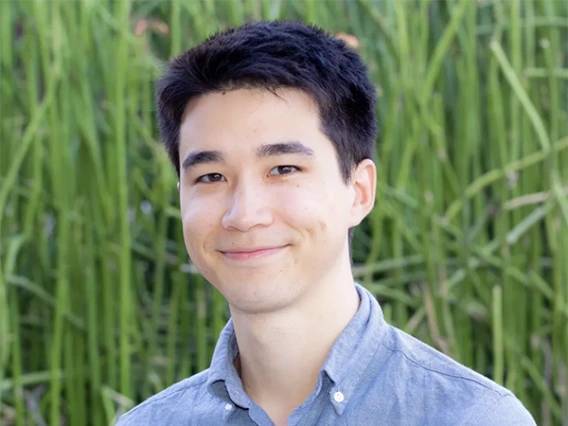Quantum Networking
University of Arizona scientists and engineers are leading the national vision for quantum networks, making the university ground zero in research that lays the foundation for quantum-enabled breakthroughs in communications, medicine, space exploration, and more.
University of Arizona scientists and engineers are leading the national vision for quantum networks, making the university ground zero in research that lays the foundation for quantum-enabled breakthroughs in communications, medicine, space exploration, and more.
Quantum promises future-proof security of transmissions no matter the level of quantum sophistication of the adversary.
The University of Arizona Capabilities in Quantum Networking:
Quantum Photonics & Networking Lab
UA researchers develop integrated photonic platforms for scalable quantum entanglement distribution and quantum repeater technology.
Quantum Photonics Research
Quantum Communication Protocols
The university leads in designing and testing QKD protocols and quantum-resistant networking architectures for DoD applications.
DOD Quantum Initiatives
Hybrid Quantum-Classical Systems
UA explores interfacing quantum networks with classical infrastructures to ensure practical deployment in secure defense communications.
Research at UA
Collaborations & Testbeds
Partnerships with national labs, industry, and the Department of Energy support UA’s experimental quantum network testbeds and field demonstrations.
Sandia National Labs Partnership
QUANTUM AT THE U of A IN THE NEWS
The university’s Center for Quantum Networking (CQN) made significant advances in its second year, including:
- demonstrating quantum-state transfer over a 43-km fiber link
- early designs for satellite-based quantum networks
- new master’s program in optical sciences with an emphasis in quantum
Additionally, the University of Arizona’s College of Engineering was recently awarded $35.5 million by the Arizona Commerce Authority to create a facility to support semiconductor, computer chips, optical devices and quantum computing research, further advancing the institution’s role as a semiconductor leader.
Pagination
- First page
- …
- 1
- 2
- 3
- …
- Last page



